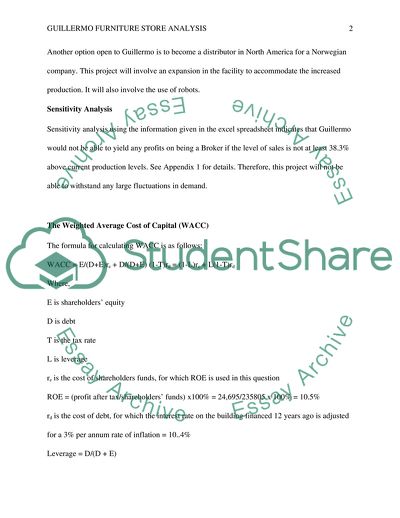Cite this document
(Guillermo Furniture Store Analysis: Different Alternatives Available Case Study, n.d.)
Guillermo Furniture Store Analysis: Different Alternatives Available Case Study. https://studentshare.org/finance-accounting/1750654-week-4-individual-assignment
Guillermo Furniture Store Analysis: Different Alternatives Available Case Study. https://studentshare.org/finance-accounting/1750654-week-4-individual-assignment
(Guillermo Furniture Store Analysis: Different Alternatives Available Case Study)
Guillermo Furniture Store Analysis: Different Alternatives Available Case Study. https://studentshare.org/finance-accounting/1750654-week-4-individual-assignment.
Guillermo Furniture Store Analysis: Different Alternatives Available Case Study. https://studentshare.org/finance-accounting/1750654-week-4-individual-assignment.
“Guillermo Furniture Store Analysis: Different Alternatives Available Case Study”. https://studentshare.org/finance-accounting/1750654-week-4-individual-assignment.


